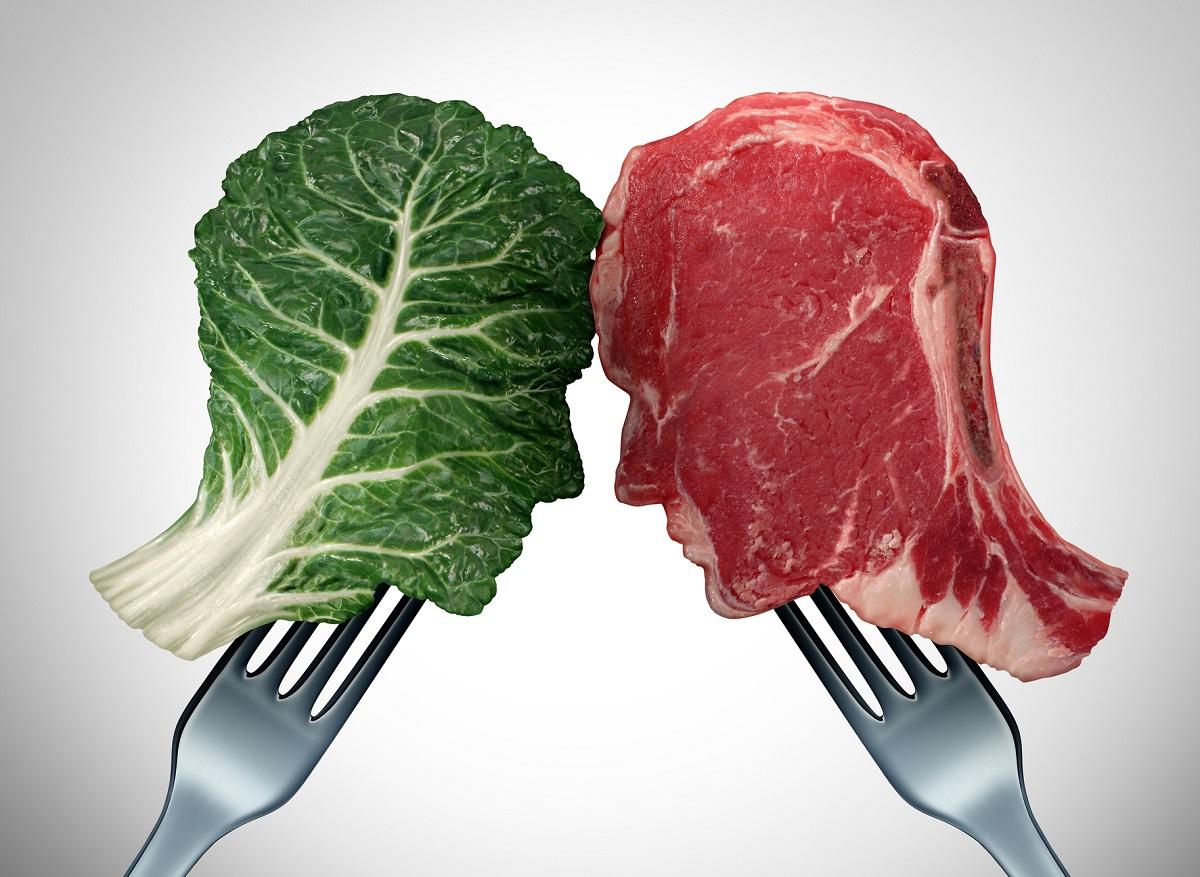So far, experts have categorized foods according to five flavors: sweet, salty, bitter, sour and the lesser known. a friend, which comes from the Japanese word meaning “savory taste”, and found in ripe tomatoes, soy sauce and some broths. But according to a study that has just been published in the journal Chemical senses, our palate would be able to identify a 6th flavor, the flavor of fat, which the researchers called oleogustus (the Latin translation of “taste of fat”).
There isn’t really a definition of what determines a basic taste, but Professor Richard Mattes, professor of nutritional science at Purdue University (USA) and lead author of the study, thinks that it must meet several criteria. “This stimulus must have a unique structure, it must interact with a single receptor, it must be transmitted by the taste nerves to the central nervous system where the taste information is decoded, and it must have a particular function”.
But to avoid making us salivate by thinking of the good taste of a portion of Beaufort from the pastures, Prof. Mattes emphasizes that this 6th flavor is in fact a warning signal for our body. “When we think of a taste of fat, we think of a round and creamy flavor in the mouth. However, this flavor is not that of fat.” It is not a taste but rather a sensation brought by the triglycerides of certain foods “.
The flavor of heated frying oil
To get a feel for the 6th flavor, Prof. Mattes describes: “Imagine heating oil in a deep fryer several times and for a very long time and then imagine eating something that you have soaked in that oil. It’s certainly not appetizing. And yet, this is oleogustus. “
“It is for this reason that the food industry goes to great lengths to keep the fatty acid concentrations in foods below detection limits, because if you could detect their taste you would be likely not to eat. these foods “.
Read also :
Unami: the 5th flavor is also good for the health
Sugar, salt and fat: why are we addicted?
The more a food cracks under the tooth, the better it is found
















